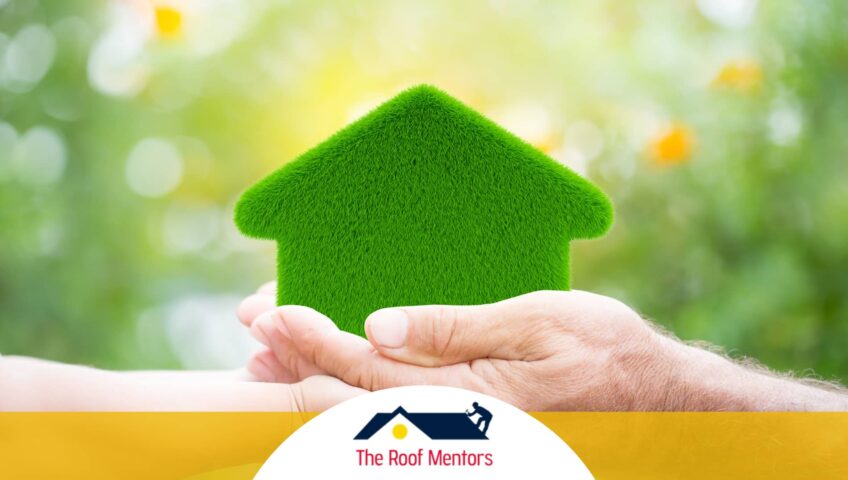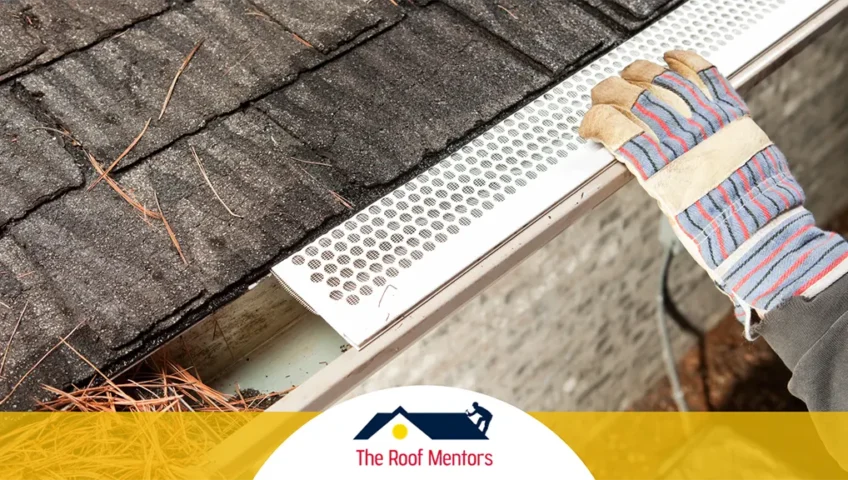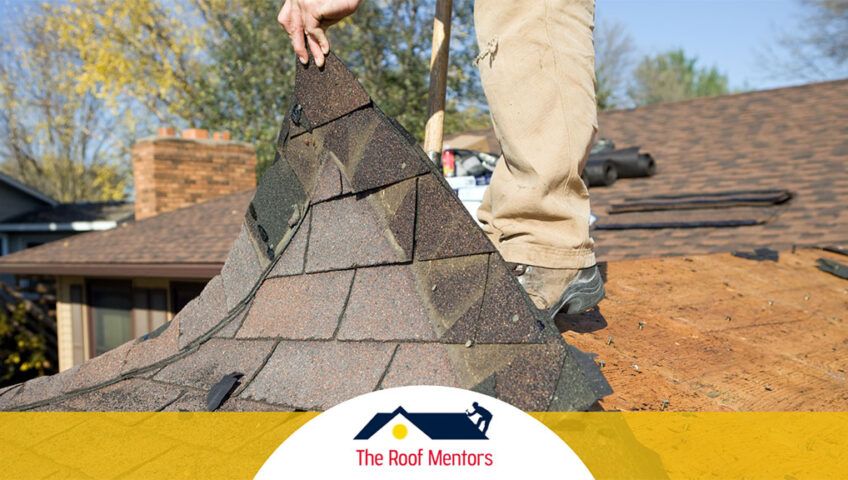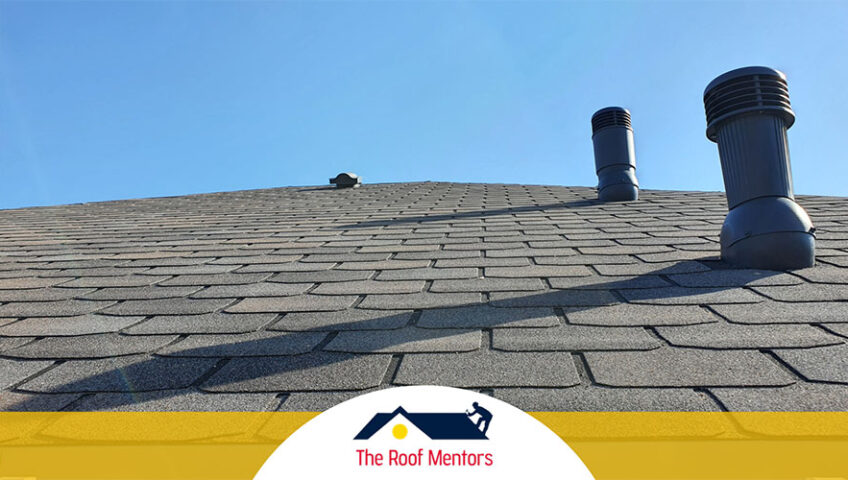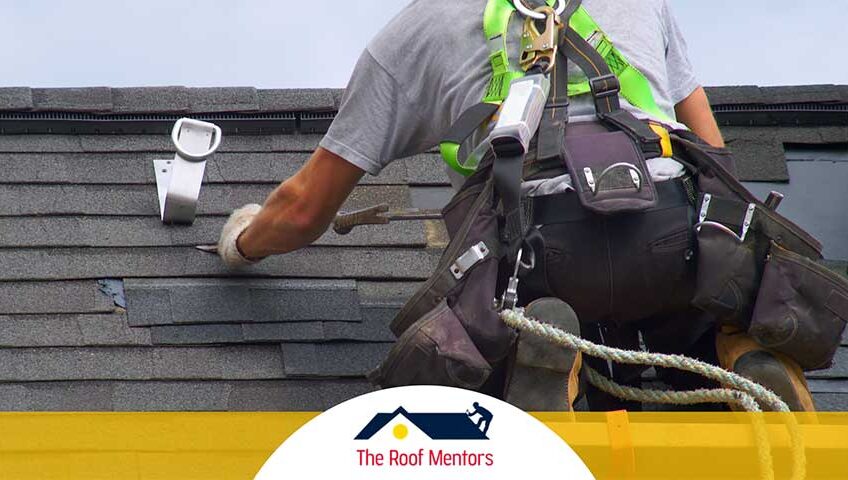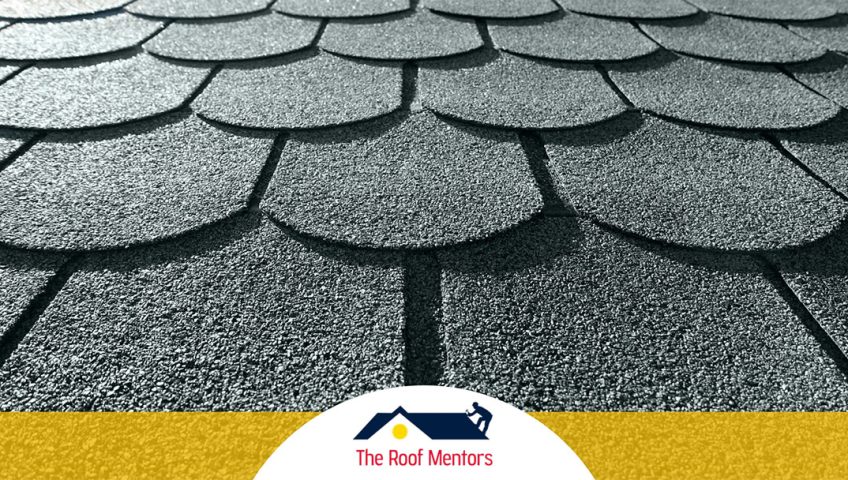Your shingles or roof tiles might be the most visible part of your roof, but they never do their job of protecting your home on their own. Other components, including gutters, downspouts, soffit, vents, fascia, and roof flashing, also play key roles.
If you never give your roof flashing much thought, that’s because it’s easy to miss. Let’s put it in the spotlight now, because without it, your roof wouldn’t be waterproof.
What Is Roof Flashing?
Roof flashing protects your roof at its most vulnerable spots — around joints, edges, and penetrations like skylights, vents, chimneys, and dormers. Usually made from metals like galvanized steel, aluminum, or copper, it seals these weaker areas and directs water away from them.
Think of flashing as an essential step in waterproofing your roof. Without it, water could seep through and cause damage inside your property.
What Is Roof Flashing?
Because flashing protects all joints, penetrations, and roof ventilation features, it only makes sense that roofers work with different types of flashing. Each is installed in a different way, although every type of flashing helps with leak prevention, it does so in unique ways.
If you go outside and take a look at your roof, you may be able to spot:
- Drip edge flashing, installed along your roof’s edges to encourage water to flow away from your fascia and soffit.
- Valley flashing, installed around roof valleys (where two slopes come together).
- Step flashing, embedded into your roofing materials in a “stair pattern.”
- Counter flashing — an extra layer of protection installed over the top of other flashing.
- Cap flashing to seal the tops of penetrations like chimneys and roof vents.
Why Should You Pay Attention to Roof Flashing?
Many homeowners who spot signs of trouble — like water leaks inside the home or mold in the attic — immediately wonder if there’s something wrong with their shingles. In some cases, these roofing issues point to damaged flashing.
As with any roofing problem, identifying and fixing damaged flashing as soon as possible will help you prevent the need for more extensive roof repair work, and even structural repairs to your home, later on. Knowing what to look out for can save you a lot of money!
What Are the Most Common Signs of Damaged Roof Flashing?
Now that you know your roof flashing is one of your home’s most important leak prevention features, you’ll probably pay extra attention to it. Some flashing issues immediately make
themselves apparent, but others are trickier to identify. Keep an eye out for:
- Leaks! Water stains and dripping in your attic or along your walls are always a reason to take action. Damaged flashing is one possible cause.
- Mold. Because mold needs moisture to grow, it’s a sure sign that water is getting into your home. Again, roof flashing issues can be to blame.
- Rust. If your roof flashing is made of metal, pay attention to corrosion. It’s not just unsightly, but it’ll also weaken your flashing over time — which is where those water leaks come in again.
- Flashing? What flashing?! Storms can sometimes take off with your flashing, leaving your roof’s most vulnerable spots exposed. In other cases, heavy winds can partially tear your flashing off, leaving it holding on for dear life (while making annoying noises).
- General damage. Warping, cracks, gaps, and ice dams all fall under this heading. Don’t let it fester — call your local roofers!
One more “bonus” tip to watch out for: if you notice a sudden and otherwise unexplained spike in your energy bills, roofing issues, including damaged flashing, can be to blame.
Keep in mind that not all of your roof flashing is externally visible, though. That’s one of the reasons regular roof inspections are such a good idea. Your roofers will thoroughly check your flashing when they inspect your roof, so you can stay ahead of emerging problems that could cause extensive damage to your home.
The Roof Mentors Will Take Care of Your Flashing Issues in a Flash!
Are you concerned about the condition of your roof flashing — whether because you spotted rust, you’re pretty sure a piece of your flashing took off during a storm, or your ceiling looks like it’s been crying?
The Roof Mentors have you covered. We can take care of all your roofing in Fayetteville , including repairing and installing flashing. Call or email us to set up a free roof inspection, and we’ll zoom in
on what needs to be done.



